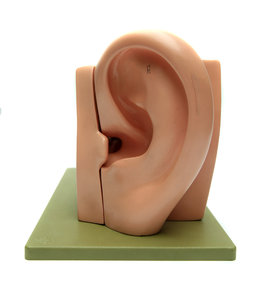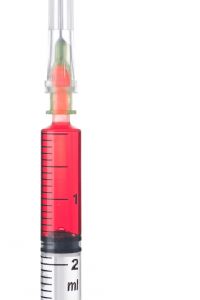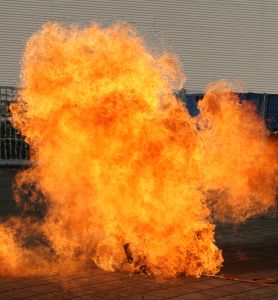We recently discussed work-related heading loss on our Boston Personal Injury Attorney Blog. Throughout the entry, we discussed the statement that OSHA released stating that they were not going to go forward with the previously proposed “Interpretation of Provisions for Feasible Administrative or Engineering Controls of Occupational Noise” rule because there wasn’t enough resources or public outreach needed to do so.

Recently, the Occupational Safety and Health Administration (OSHA) announced that it will be holding a meeting with stakeholders in an attempt to address comments, concerns and questions regarding the current occupational hearing loss prevention program. Our Boston workers’ compensation attorneys understand how important these types of initiatives are.
Unfortunately, hearing loss can take years to occur and may not be caused by a single accident. If you feel you’ve lost your hearing because of your job, it is critical for you to contact an experienced attorney to help to you determine the cause of the loss and to help you to collect the compensation you deserve.
This meeting will be held on November 3 and will be used to gather information from the stakeholders about the best and most effective practices and programs that can be used to conserve workers’ hearing. The meeting will also address feasible engineering controls and workers’ personal protection equipment for these types of incidents.
Although OSHA previously refused to pass additional proposed regulations to control occupational noise, they continue to claim that they’re going to do their best to work with stakeholders to prevent work-related accidents pertaining to employee’s hearing.
“Between 20,000 and 25,000 workers suffer preventable hearing loss every year due to high workplace noise levels,” said Assistant Secretary of Labor for Occupational Safety and Health Dr. David Michaels.
Back in January, the Administration launched a consultation, outreach and education initiative to help prevent work-related hearing loss incidents. This November meeting is aimed to checking in and checking up on that initiative.
If you are interested in attending the meeting, you must register first. The deadline for the event’s registration is October 27.
Occupational hearing loss dialogue information:
Location: Frances Perkins Building, U.S. Department of Labor Address: 200 Constitution Ave. N.W., Washington, DC.
Room: N-4437 A/B/C/D,
Phone: 781-674-7374 Fax: 781-674-7200. All faxes should have a cover letter reading: ATTN: OSHA Preventing Occupational Hearing Loss: Stakeholder Meeting.” Please be sure to include your name, your contact information and the organization or company you’re affiliated with.
It is estimated that only 20 percent of employees who should be wearing hearing loss protection actually do. While this OSHA’s meeting with stakeholders is a step in the right direction, its failure to pass tougher rules to regulate noise pollution has not been forgotten. Workers who are likely to be affected by hearing loss-related work accidents are those in the mining, military, transportation, entertainment, manufacturing and construction industries.
Continue reading
 Massachusetts Workers Compensation Lawyers Blog
Massachusetts Workers Compensation Lawyers Blog












